Next, can you tell us about the up-firing speakers? The up-firing speakers were the centerpieces of the previous flagship model HT-ST5000. How have you added on to them for HT-A7000?
We used the X-Balanced Speaker Unit just like for the front speaker units, increased sound pressure, and improved the articulation of height and direction of sound in the sound space rather than maintaining amplitude balance. The HT-A7000 up-firing speakers look similar to the front units, but the edges have been slightly changed to improve their ability to reflect sound off of the ceiling.
We also put attention into our selection of the acoustic cloth (fabric) material for the speakers. The way sound passes through the cloth varies quite a bit depending on the material, so Yana, Sonoda, Yoshida, and I tested through trial and error over and over to find the material that would be able to really bring out the characteristics of the up-firing speakers.
The attention we put into the acoustic cloth material is an example of this, but in order to really enhance the reflection of sound off a ceiling by the up-firing speakers, we believe it is of the utmost importance that we pay attention to what makes it more difficult for the sound from the speaker to reach the listener’s ears directly. By reducing the amount of sound that is reaching the listener’s ears directly, the sound that is reflecting off the ceiling before reaching the listener sounds louder in comparison, making the sound more three-dimensional and improving the expansive sound dispersion feel. With HT-A7000, in addition to the amount of consideration we put into the hardware we just talked about, we’re also working to reduce the amount of direct sound through the use of signal processing.
That’s right, on top of three-dimensional expression of sound through the reflection of sound off the ceiling, we are also using a hybrid approach to virtually eliminate any direct sounds from the up-firing speakers to further enhance three-dimensional sound.
Next, we have the side beam tweeter, which is a new built-in component starting with this model. Can you tell us about what kind of component this is?
Maybe it will make more sense if I talk about the side beam tweeter like the sound version of a laser pointer. The way it works is that the sound emitted by the tweeter is passed through a duct (acoustic duct) with holes that give the sound direction. The sound is then reflected off the walls. Through this reflection off the walls, wide sound dispersal is created that make it sound as if the sound is coming from points from beyond the wall. We made improvements to the beam tweeter that came in the 360 Reality Audio-certified SRS-RA3000 speaker we launched in April. These improvements made it possible for the beam tweeter to work with soundbars, and we put the new and improved beam tweeter into this soundbar.
Were there any innovations with the signal processing like what you mentioned earlier with the up-firing speakers?
Oh, of course there were. This is also relevant to the up-firing speakers, but HT-A7000 is equipped with an automatic Sound Field Optimization function that adjusts internal processing according to the distance between the soundbar and the walls and ceilings, something measured in advance, so that sound reproduction can be appropriately adjusted to suit any room.
Are there any other sound-related points you would like to make regarding HT-A7000?
Of our soundbars, HT-A7000 is the first to accommodate Sony’s original “360 Reality Audio” technology. I think users will be able to enjoy an immersive, three-dimensional sound experience that rivals the 360 Reality Audio-certified SRS-RA5000 and SRS-RA3000 speakers that were released earlier this year. I’d love for people to experience the sense of immersion this soundbar can offer for not only movies but also music.
![]()








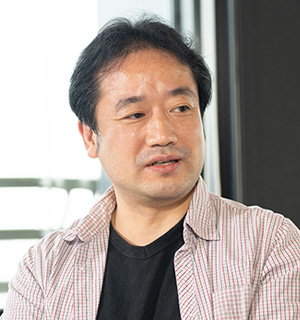
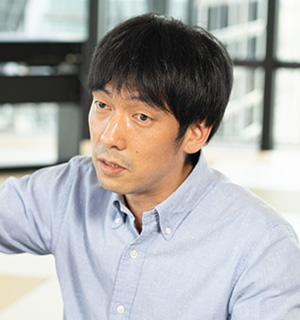
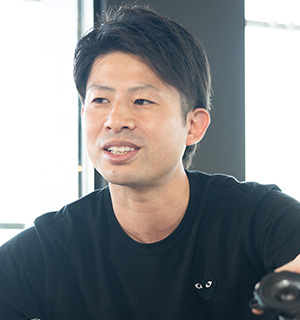
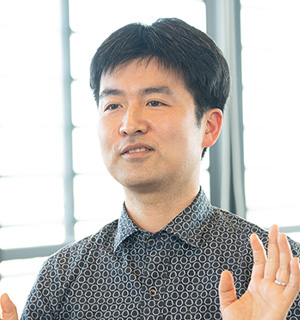
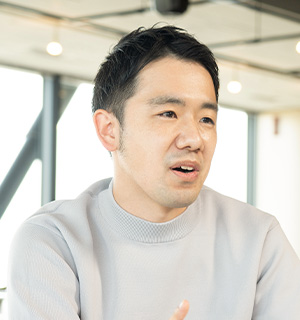
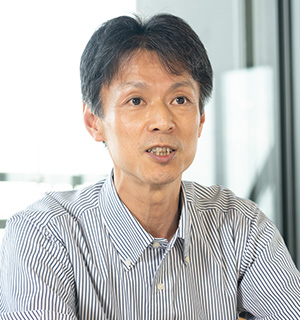
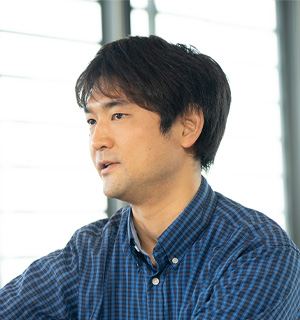
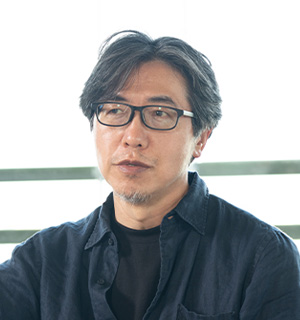





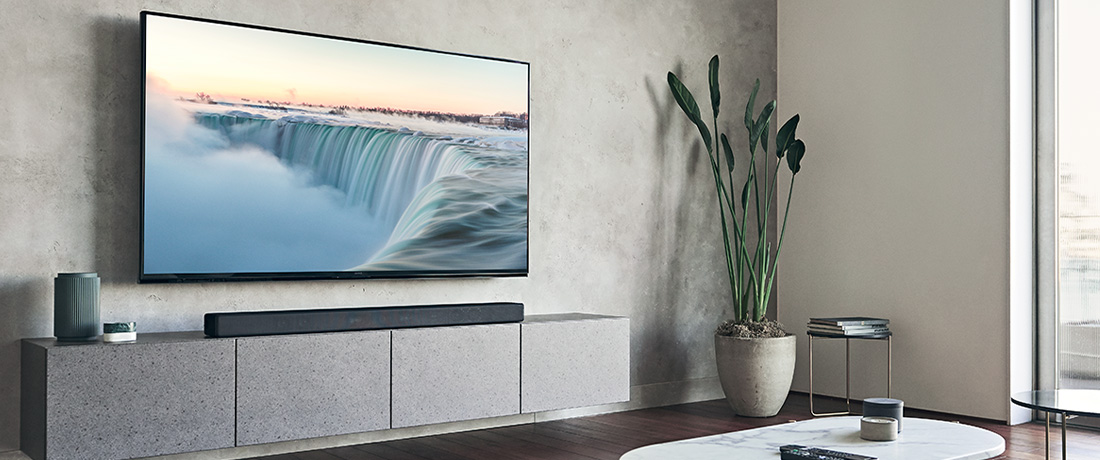























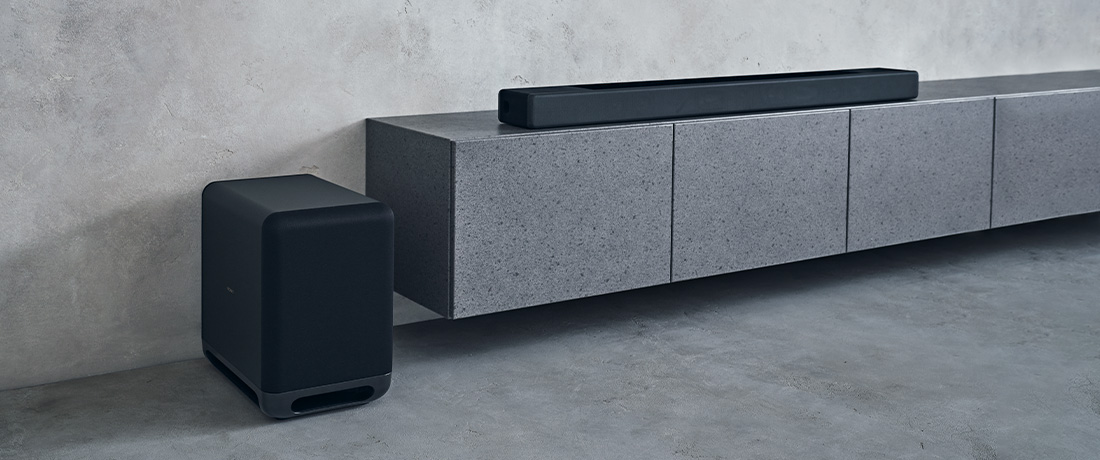


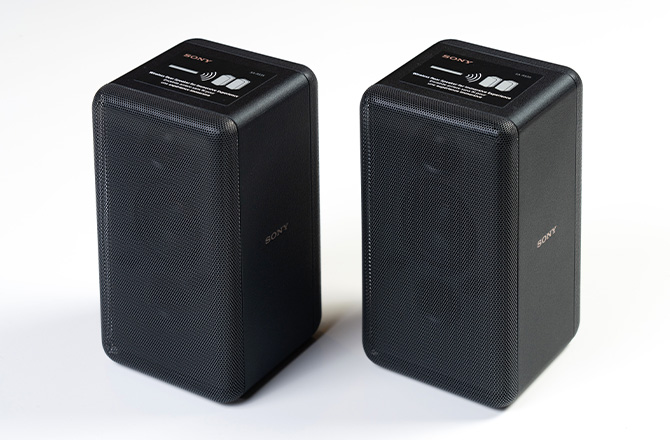

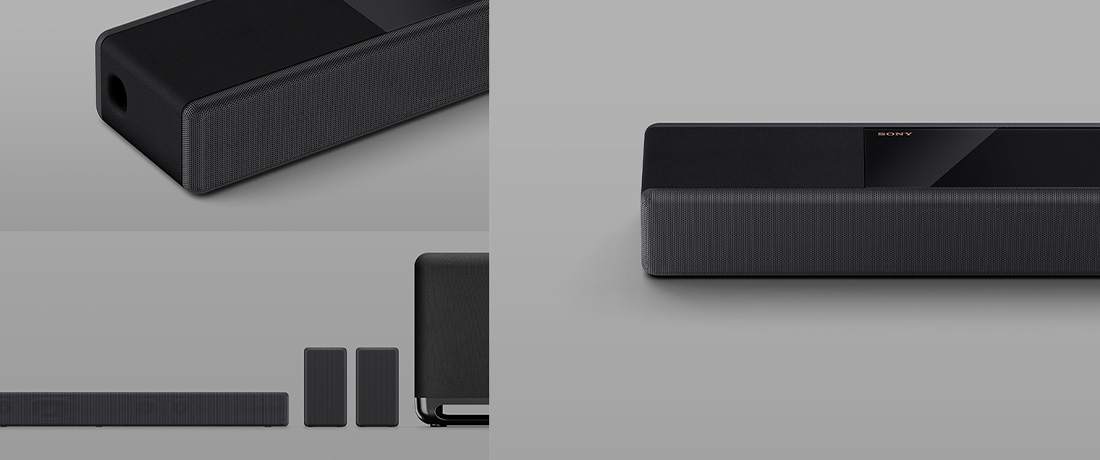
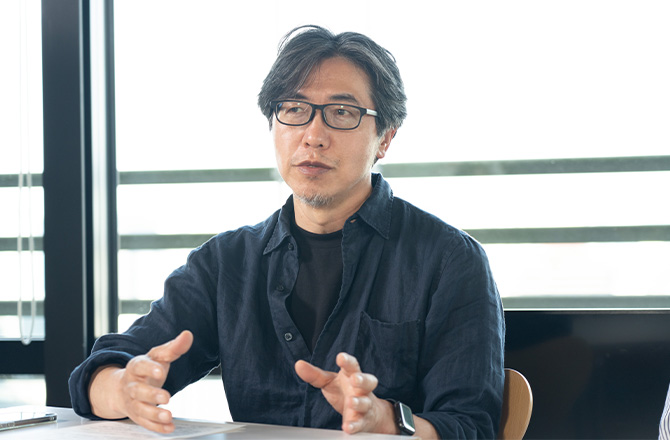


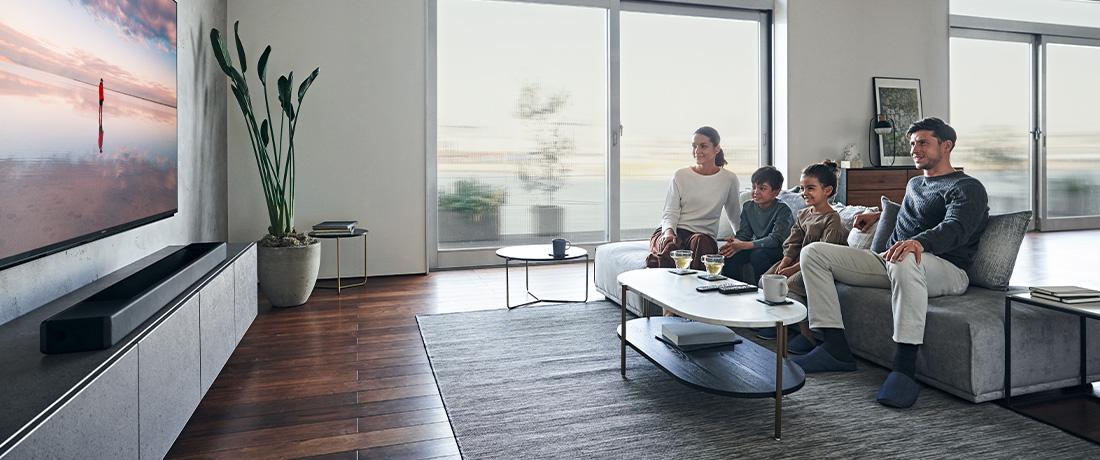

Subscribe on YouTube